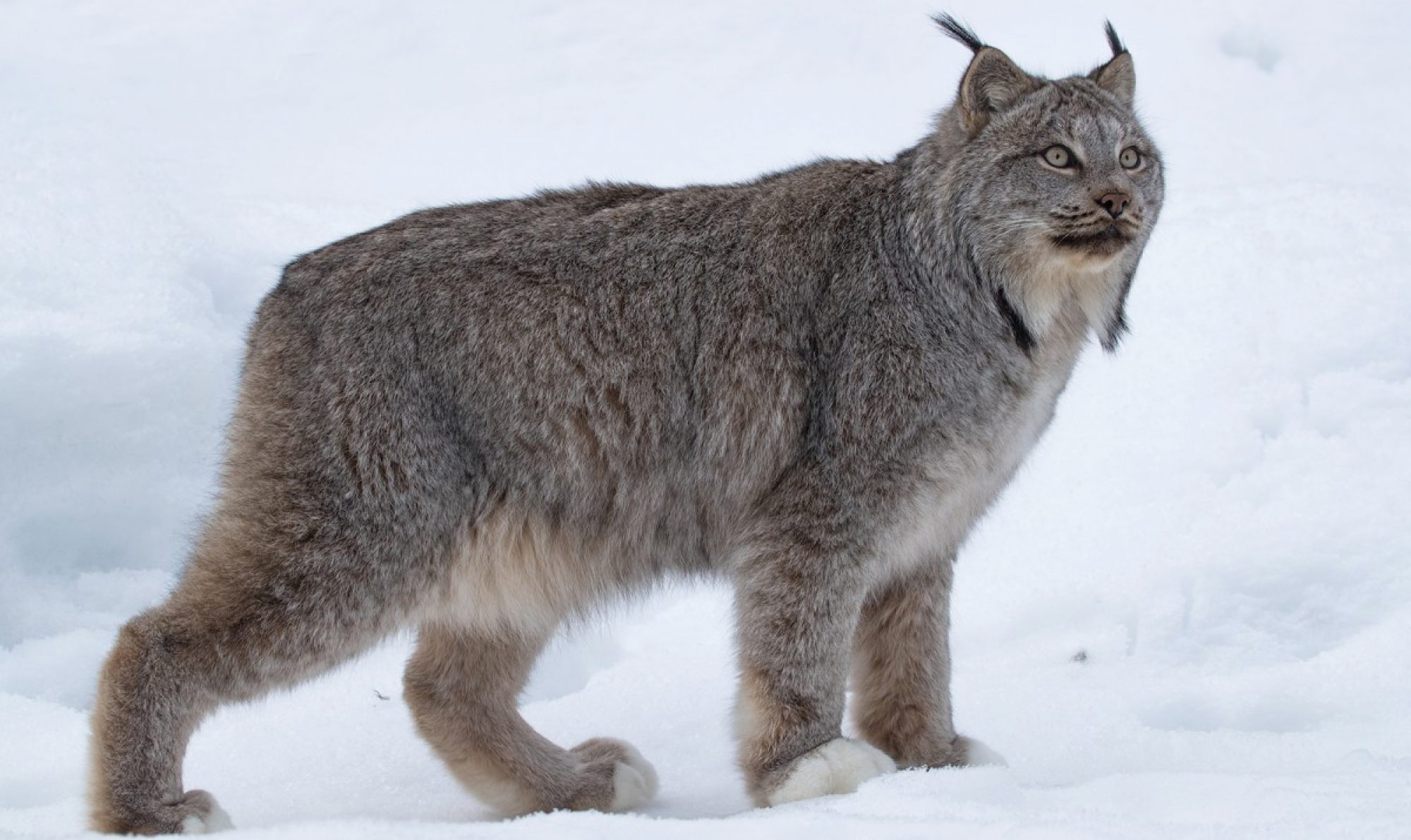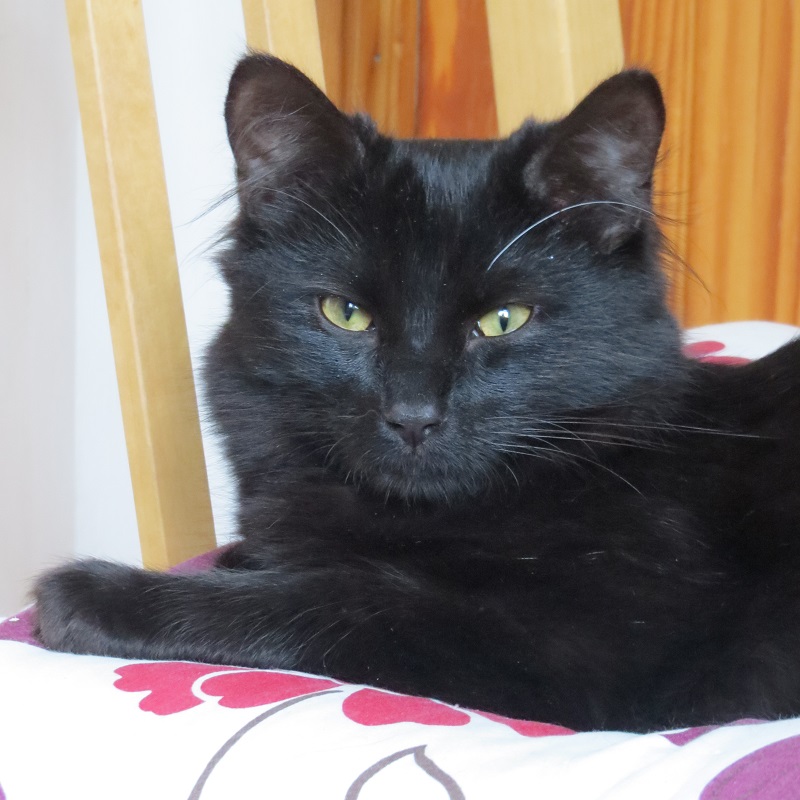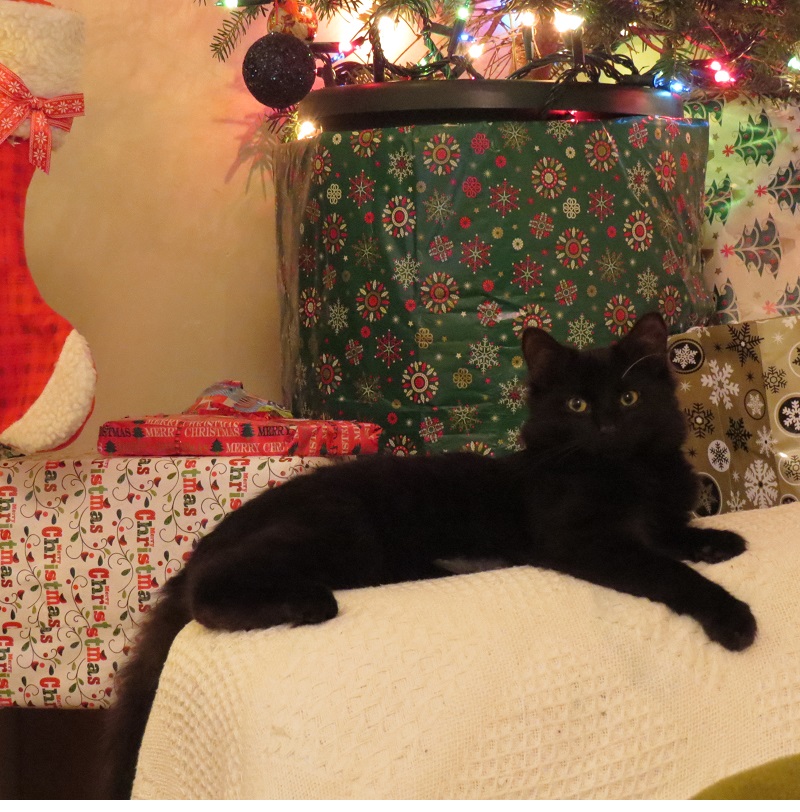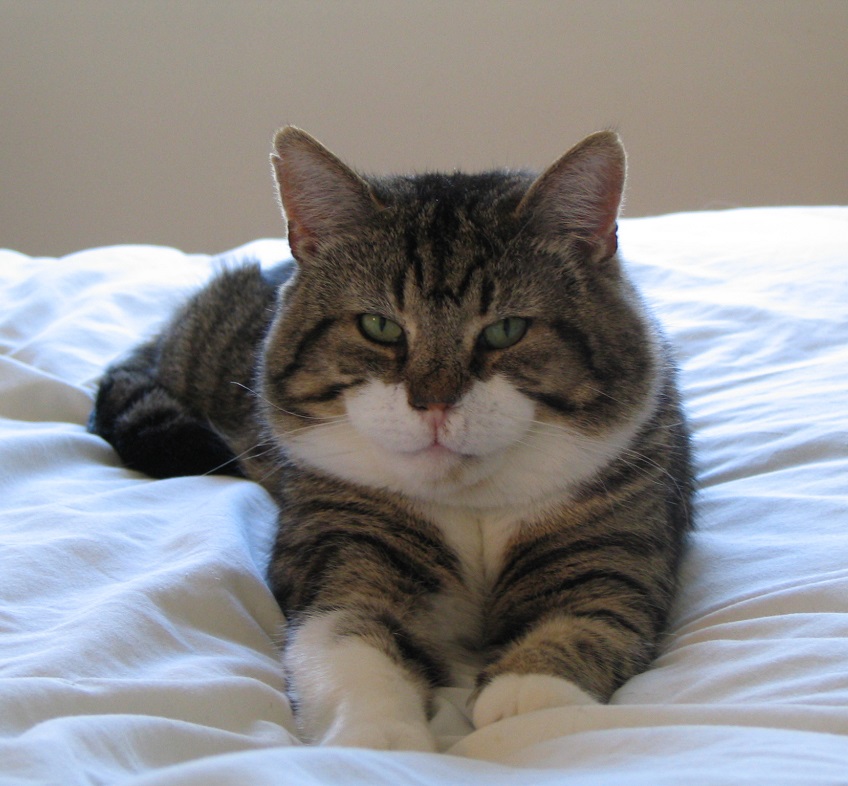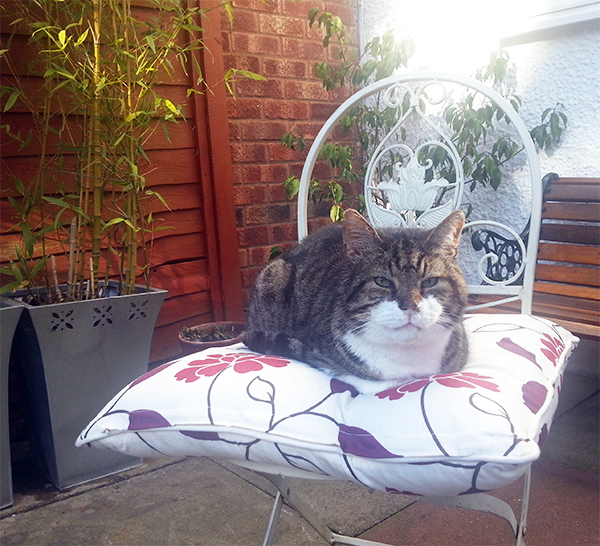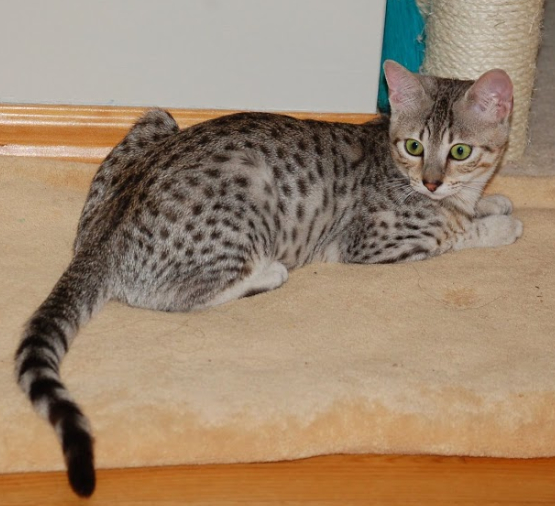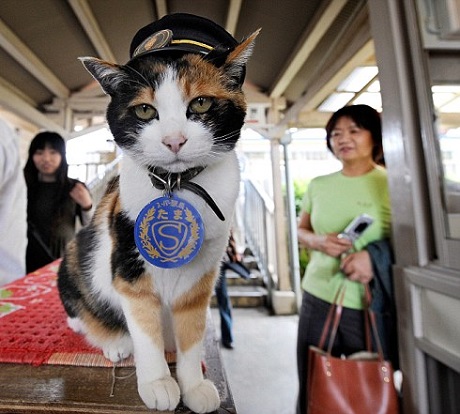Flaviu the Lynx was reported missing from Dartmoor Zoological Park (near Plymouth) on July 7, triggering a search involving a police helicopter and a
drone. Tweny Five humane traps were set but all to no avail until …) He was finally caught last Saturday morning (July 30th) in a trap set by keepers.
Flaviu was trapped 200 yards from Hemerdon Plantation, a woodland about a mile away from the zoo. Apparently our lynx savaged four lambs on Friday (well, we all gotta eat!).
Realising big cats returned to the scene of a kill, the four lamb carcasses were removed from the site and a 5 foot by 2 foot mesh trap baited with veal was set right, where the lambs were found. A keeper stated that captivity is the best place for an animal such as Flaviu …as it is likely she would have been shot if continuing to attack sheep in the region.
We are Glad to say that Flaviu is now safe and sound – but we hope she enjoyed her short lived freedom.
Have to pay a visit to see the lovely creature, hey Osc?
Flaviu the Lynx has gone absent without leave… well in fact he’s escaped! The two year old male Lynx is approximately the size of a large domestic cat and is described as grey/silver in colour. He apparently chewed and clawed his way through the wall of his enclosure just hours after arriving at Dartmoor Zoological Park in Devon, last Wednesday.
When keepers realised Flaviu was gone, the zoo was evacuated and a police helicopter, tracker dogs and teams of officers and keepers spent the whole of last Thursday searching for the missing animal. Traps loaded with meat have been laid in the hope they will lure the cat back to be humanely caught and returned home. Local schools, landowners and farmers have been warned not to approach the animal.

Flaviu the Lynx just hours before he escaped
Photo: unknown
Experts said the lynx, which was raised in captivity, could still be near the zoo. George Hyde, the zoo’s operations manager, and the police tried to reassure people that the cat was unlikely to be a danger to humans. He said: “We are in a rural location, so the likelihood of the lynx coming into contact with people is very slim. The likelihood is that he is very scared, very anxious, and he will stay away from people.”
Hyde added that the lynx was fed before his journey from an animal park in Kent to Devon on Wednesday, so he is unlikely to be desperate for food. Asked if he was embarrassed to have lost a lynx, Hyde said: “It’s a challenge. Animal containment always poses the possibility that you will face a situation like this.”
Sgt Tracy Sharam, of Devon and Cornwall police, who is co-ordinating the search, said that although the lynx could already have ranged up to nine miles from the zoo, keepers had suggested it would most likely be hiding somewhere within a mile. She said: “Obviously, when you get a new cat to the house, it goes and hides for a while. It’s probably got the same sort of feelings.”

Flaviu with his mother
Photo: unknown
Keepers are planning to subdue the lynx with a tranquilliser dart once it is found before returning it to the zoo. Vets are being kept on standby in case the animal needs emergency treatment. “We don’t want to kill the animal at all – that’s not what we are looking at,” said Sharam.
Flaviu is a Carpathian lynx, also known as a Eurasian lynx which are native to the forests of Europe and Siberia w
here they feed on animals such as deer, hares, rabbits, rodents and grouse. The Eurasian lynx was once native to the British Isles, but was killed off around 700AD. The Lynx UK Trust is dedicated to reintroducing the predatory cat to the British countryside, but so far efforts have been blocked. Carpathian lynx are solitary and secretive animals. They are also a critically-endangered species.
Rick Minter, who has written about big cat sightings in the UK, said he thought Flaviu would have a good chance of surviving in the wild. “He will have no problem hunting for mice, rabbits, pigeons, pheasants,” he said. He also said “Flaviu would have a decent chance of finding some of his own kind already living wild. There have been sightings of lynx in the south-west of England”. It is thought the cat was spotted again by the police drone carrying a thermal imaging camera that had been assisting teams on the ground.
Lets hope that Flaviu stays free and finds cats of his own kind in the wilds of Dartmoor ….
Article Source: theguardian.com
